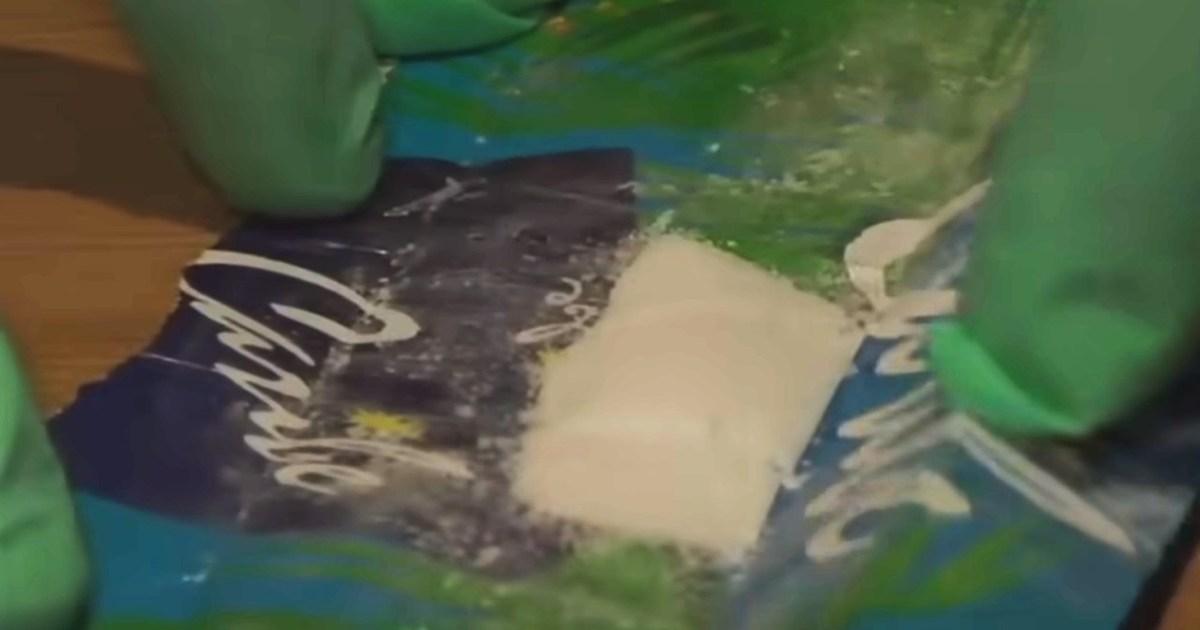Summary
More commonly known as burundanga in South America, its even been called the worlds scariest drug by the UK Addiction Treatment Centres.
Source: Metro

AI News Q&A (Free Content)
Q1: What is Devil's Breath and how is it used medically?
A1: Devil's Breath, also known as Scopolamine or hyoscine, is a drug primarily used to treat motion sickness and postoperative nausea and vomiting. It is available in various forms, including injection, oral, and transdermal patches. Medically, it works by blocking certain effects of acetylcholine in the nervous system, which helps in reducing motion-induced nausea. However, it is also known for its mind-altering effects at higher doses, historically used as a deliriant due to its hallucinogenic properties.
Q2: What are the dangers associated with Devil's Breath when misused?
A2: When misused, Devil's Breath can lead to severe side effects including hallucinations, amnesia, and loss of free will. It has been infamously used in criminal activities to incapacitate victims, making them susceptible to robbery or other crimes. In high doses, it can also cause respiratory depression, which can be life-threatening.
Q3: What are the biochemical effects of Scopolamine on the human body?
A3: Scopolamine affects the human body by blocking the neurotransmitter acetylcholine in the central and peripheral nervous system. This antimuscarinic effect can result in dry mouth, dilated pupils, increased heart rate, and relaxation of the muscles in the gut and bladder. It can also cross the blood-brain barrier, leading to central nervous system effects such as dizziness, confusion, and in some cases, hallucinations.
Q4: How is Scopolamine produced and what plants are involved in its natural synthesis?
A4: Scopolamine is naturally produced by certain plants in the nightshade family, including Scopolia and Hyoscyamus niger (black henbane). These plants synthesize the compound as a part of their alkaloid profile, which they use as a defense mechanism against herbivores. It is extracted and refined for medical use from these plant sources.
Q5: What research exists on the pulmonary delivery and retention of aerosol drugs like Scopolamine?
A5: Research on pulmonary drug delivery investigates the effectiveness of delivering drugs via inhalation. A study highlights that drug delivery efficacy is highest for aerosols in the size range of 1-5 micrometers. This research is crucial for understanding how drugs like Scopolamine can be effectively delivered to the lungs, minimizing side effects while maximizing therapeutic effects.
Q6: What are the regulatory guidelines for the use of Scopolamine in medicine?
A6: Scopolamine is on the World Health Organization's List of Essential Medicines, indicating its importance in a basic health system. Regulatory guidelines emphasize its use in controlled medical settings to treat specific conditions such as motion sickness and postoperative nausea. Its use is closely monitored due to its potential for misuse and side effects.
Q7: How has Scopolamine been utilized historically outside of medicine?
A7: Historically, Scopolamine has been used as a psychoactive substance due to its hallucinogenic properties when consumed in high doses. It has been part of ritualistic and recreational practices aimed at inducing altered states of consciousness. Additionally, its ability to induce compliance and amnesia has made it a tool for criminal activities, particularly in South American countries where it is known as Burundanga.
References:
- Scopolamine
- Pulmonary drug delivery and retention: a computational study to identify plausible parameters based on a coupled airway-mucus flow model



